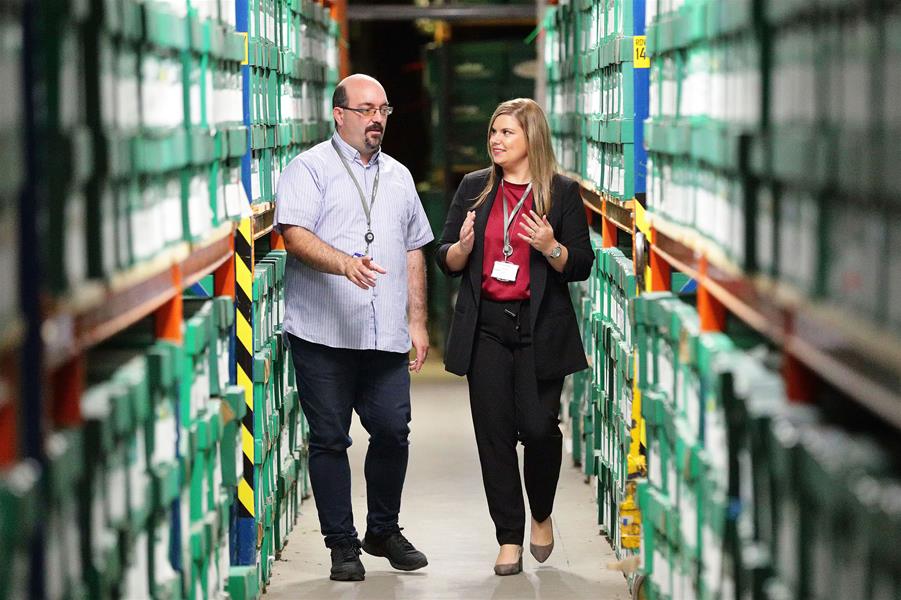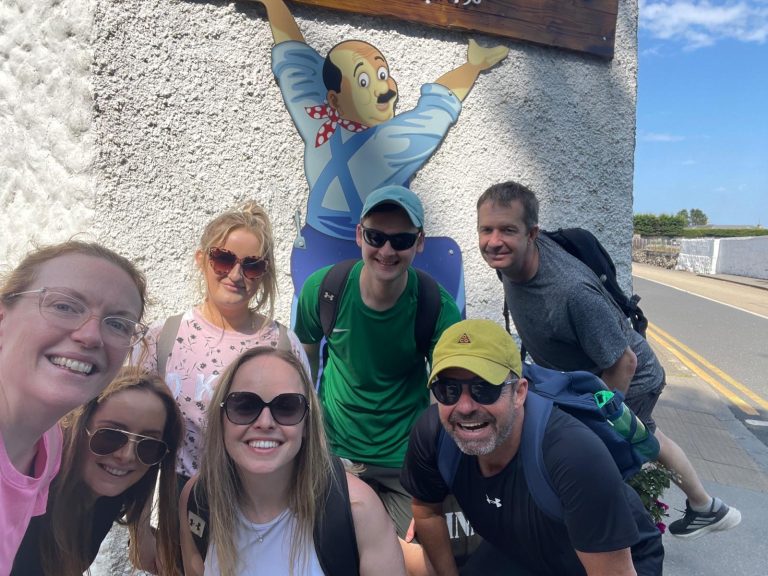Stellar photography transforms PR campaigns. When it comes to coverage, a great photo can be the difference between your story landing the front-page of a publication or not being featured at all. Whether it’s launching a new product or announcing the latest recruit, it’s important to understand what type of photo a journalist will want to feature in their publication. This can be key in increasing exposure which is so important for public relations professionals.
We’re outlining our top tips to consider when arranging your next PR photo-shoot:
Think about your targets

It’s important to think about what kind of publications you want to target and then plan your photos based on what they tend to look for. Most publications love creative shots, however some prefer a more corporate look.
What message are you trying to convey?
Are you trying to reach potential customers, recruit top talent or launch a new product or service? This has an impact on the type of photo that your PR agency should be arranging. A consumer-facing business could benefit from getting a photo of their product featured in the media. On the other hand, recent graduates may be swayed to apply for a job in a company whose world-class offices are on show.
Use props or action shots
Depending on the publication, action shots or the use of props can be extremely effective in getting your message across. They can reinforce the size of a deal or highlight a key service or product that your business is launching. Pictures with movement come off as more dynamic and engaging for readers. Check out some great press photos such as this one from PayPal in Ireland which landed widespread coverage:

Use a professional
Don’t dilute the quality of your press release with an accompanying amateur image taken on a smartphone; journalists certainly won’t appreciate this. Although the quality of cameras and camera phones has never been better, it is essential to use a photographer for any images you are sending the media. They are experts in everything from lighting to finding the right angle and perspective. They will also know how to deliver your message through a creative selection of photos.
Do your homework
Don’t go into a photoshoot blind. The internet is a brilliant tool to find inspiration for a photoshoot. Once you have a few ideas, talk them through with your photographer well in advance of the shoot. He or she may have a few ideas of their own on how to make it a truly standout shoot. A recent shoot we did with Datapac was a great success as a result of some great collaboration with the photographer:

Get consent
In the age of GDPR, getting consent from all those appearing in a photograph is more important than ever. Don’t leave yourself open to any nasty surprises by finding out last minute that you are unable to use the perfect PR shot because you never approached the person featured for their approval beforehand. Be organised and have everyone partaking in the shoot sign a consent form beforehand. If you are using photography of an event, speak with the event organisers about correct procedures to ensure attendees are happy to feature in shots.
Have fun!
While it’s extremely important to get the right angle, lighting and composition for a shot, there is nothing a publication will prefer more than a photo which contains genuine smiles. A candid photo can come across really well in a newspaper or an online publication.
We’d love to hear any tips you may have to get the perfect photo! Get in touch with us:
If you enjoyed this blog, why not check out…
B2B social media – 10 tips for maximising Twitter
5 tips when using social media for tech PR
Striking the balance – traditional PR and digital PR






